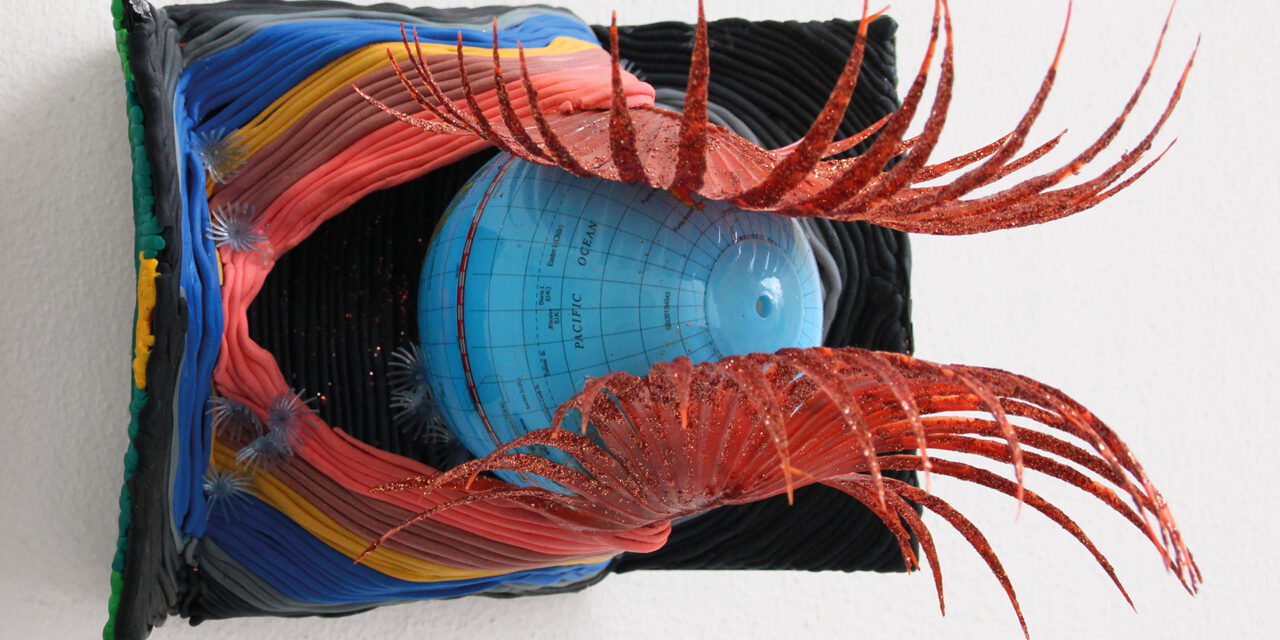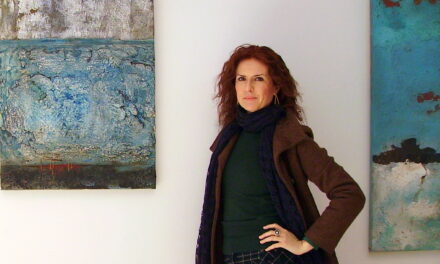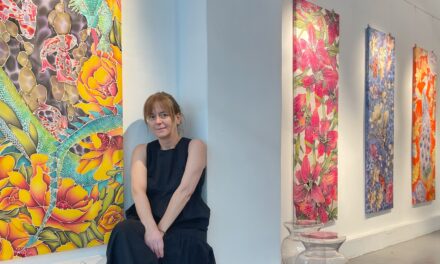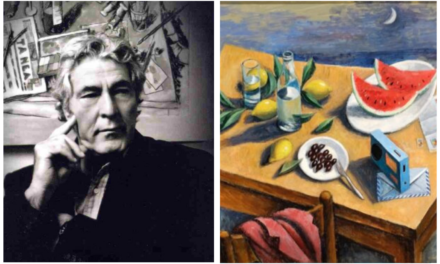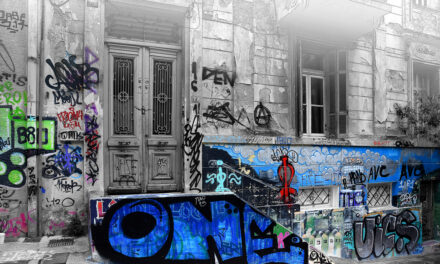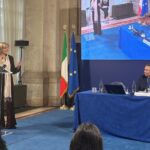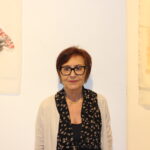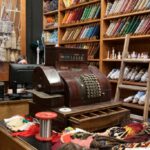A Cabinet of Curiosities, an exhibition currently on view at MOMus-Museum Alex Mylona creates an unconventional, eccentric, and intimate world. It brings together more than 70 contemporary visual artists who, each in their own way, recreate the mysterious atmosphere of the “cabinets of curiosities,” inviting the viewer to embark on a journey of (self) discovery.
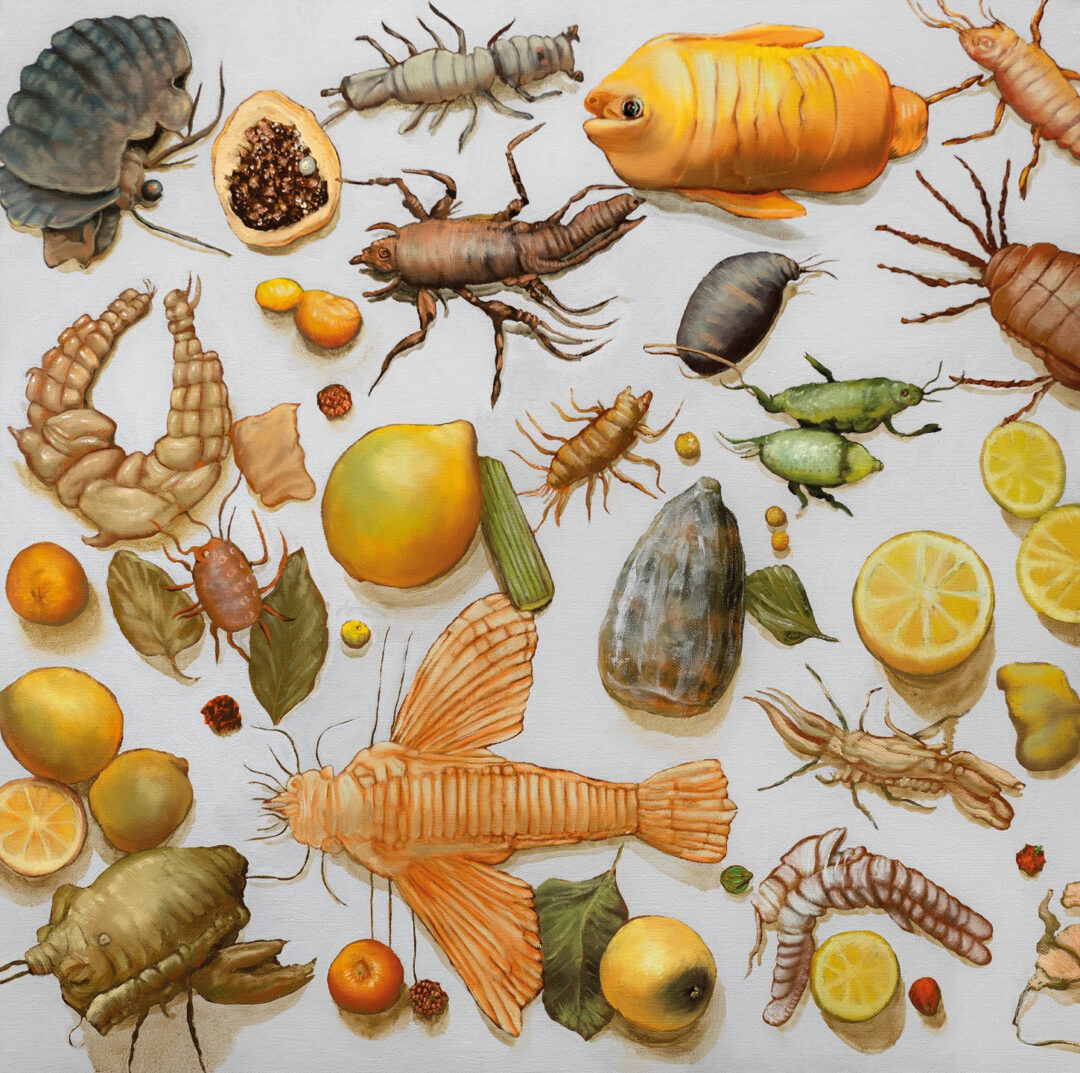
Cabinets of Curiosities originated during the Renaissance as collections of strange and exotic objects assembled by aristocrats, scholars and explorers. These collections aimed not only to display rare items but also to understand the world by classifying these items, merging natural history, art, science and mythology. In the same spirit, this exhibition constructs an uncanny universe rich in mythological and cultural references, challenging human reason and conventional wisdom.
Τhe exhibition highlights the role of subjectivities, oddities, fantasies and dreams, recreating the world we live in through a different lens. It showcases its paradoxes, absurdities and fluidity, offering an alternative way of approaching reality. Intimate thoughts, desires and emotions converge to create a wondrous and enigmatic universe that challenges our mind and senses.
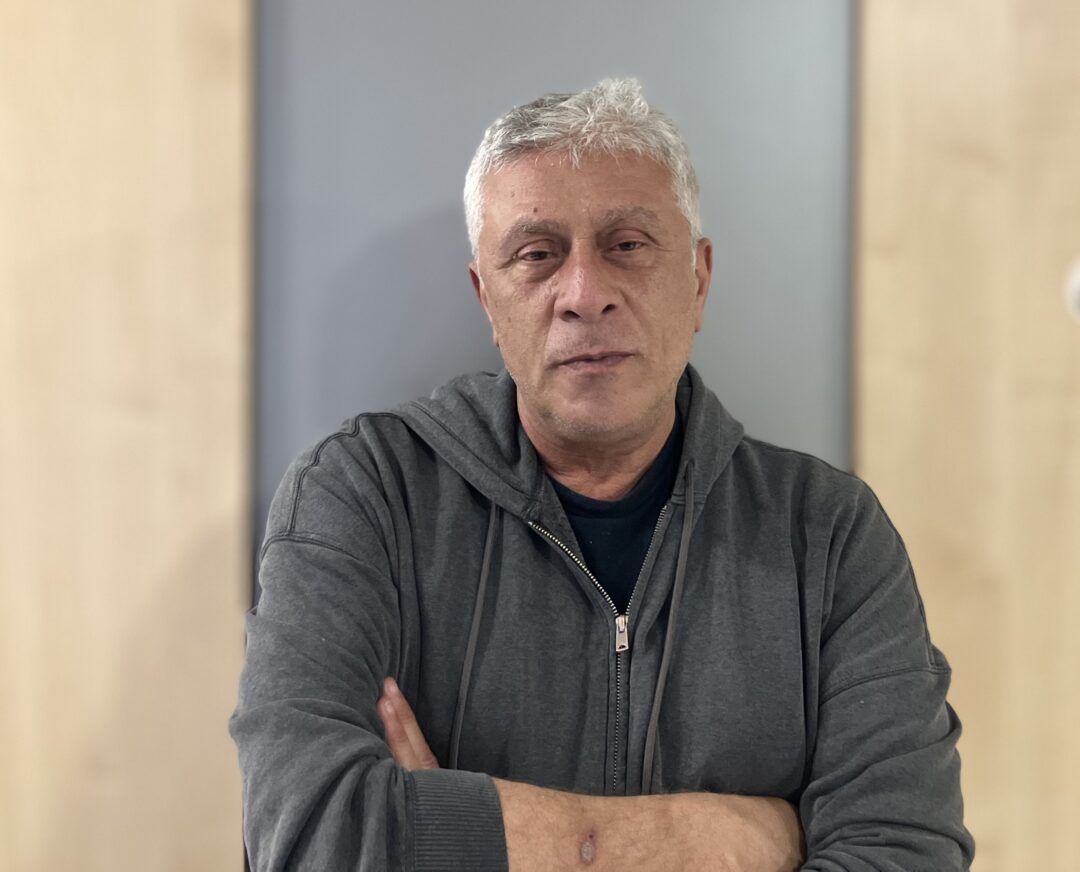
Yannis Bolis, curator of A Cabinets of Curiosities and Head of the Department of Contemporary Sculpture at MOMus-Museum Alex Mylona, discusses* the oddities and wonders of the quirky world he has assembled, inviting us to explore the peculiar and the unexpected.
Yannis Bolis, studied History and Archaeology at the Faculty of Philosophy of the Aristotle University of Thessaloniki, where he completed his doctoral thesis in the history of art. He has worked as a curator at the State Museum of Contemporary Art – Kostakis Collection in Thessaloniki and since 2019, he has been the Head of the Department of Contemporary Sculpture at MOMus-Museum Alex Mylona.
What is the idea behind the exhibition “A Cabinet of Curiosities”?
The idea originates from the Renaissance-era cabinets of curiosities, collections synonymous with a mania of collecting, aesthetic pleasure and amazement. These wondrous collections included works of art, antiquities, strange and ‘exotic’ artifacts from distant civilizations, scientific instruments related to medicine, zoology, botany, gemology, mineralogy, and astrology, occult sciences, alchemy and magic.
The curatorial proposal focused on a modern cabinet of curiosities, bringing together works by contemporary Greek artists who emphasize the elements of the fantastic, the unexpected, and the enigmatic. The stories presented are strange and appealing, governed by a surrealist spirit, or alluding to ecological, existential, social, or political allegories.
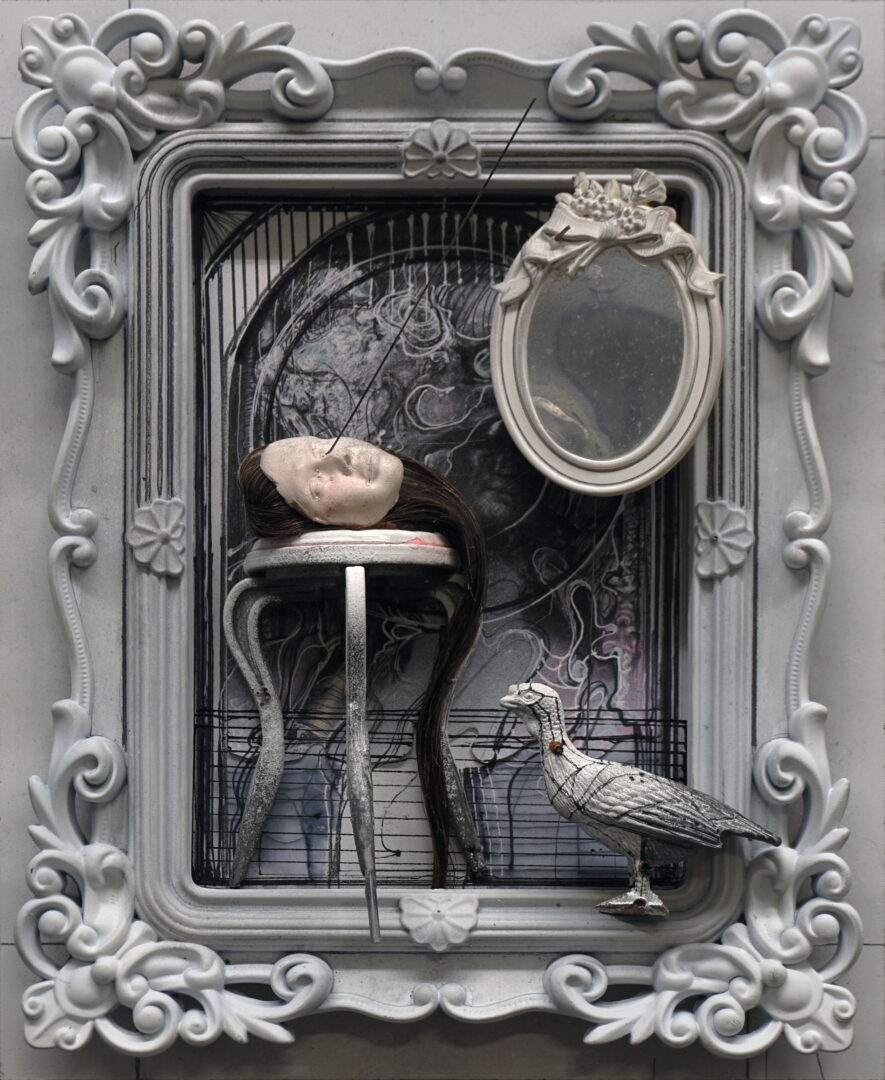
What role does the concept of time play in this exhibition?
The exhibition traces back to the long history of cabinets of curiosities, introducing the dimension of time from their inception to the present day. From the past, we move to the present, the ‘here and now’, within a fluid, ever-changing, globalized, and hyper-technological world. The artists’ references to the past, present, and future, however, combine to form images of a world that is very different and almost beyond the one that surrounds us. A world shaped by artistic creation and expression.
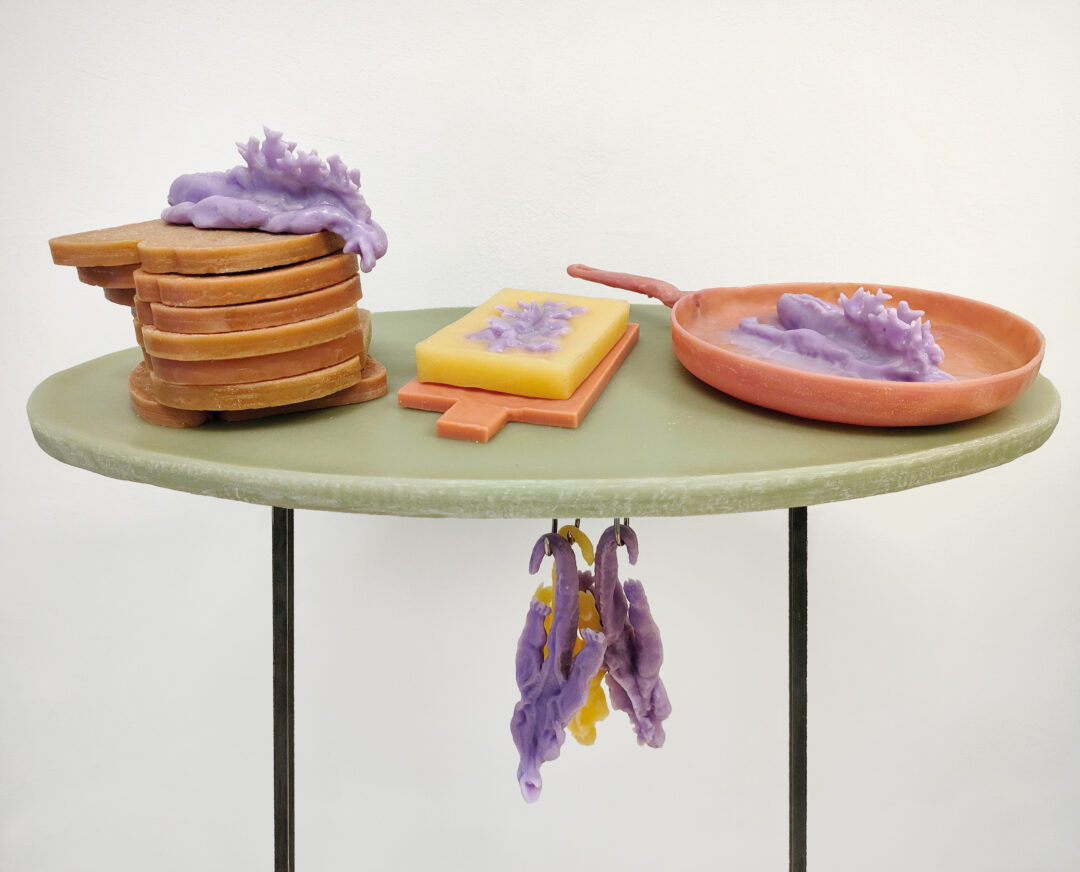
On what criteria were the artists selected? Is there a common denominator in the visual language they use?
Artists were selected on the basis of their works’ alignment with the exhibition’s concept. Given the wide representation of both established and emerging artists, some presenting their works in a museum for the first time, there is no common denominator in their visual or mode of expression.
Most works had already been created prior to the exhibition; only a few were made specifically for it. Various forms, styles and sensibilities coexist side by side. Painting, printmaking, sculpture, video and installations.
Each piece carries its own narrative. Together, however, they form a complex web of images and realities, covering a broad range of themes (many directly referring to historical collections of “curiosities” and “wonders”). The exhibition opens up different worlds, times and regions, exploring life and death, nature and technology, futility and paradox, violence and threat, myth and dream, erotic desire and sexual drive. It is this multiplicity that gives the exhibition its special atmosphere, allowing viewers to engage with individual works while recognizing the threads connecting them.
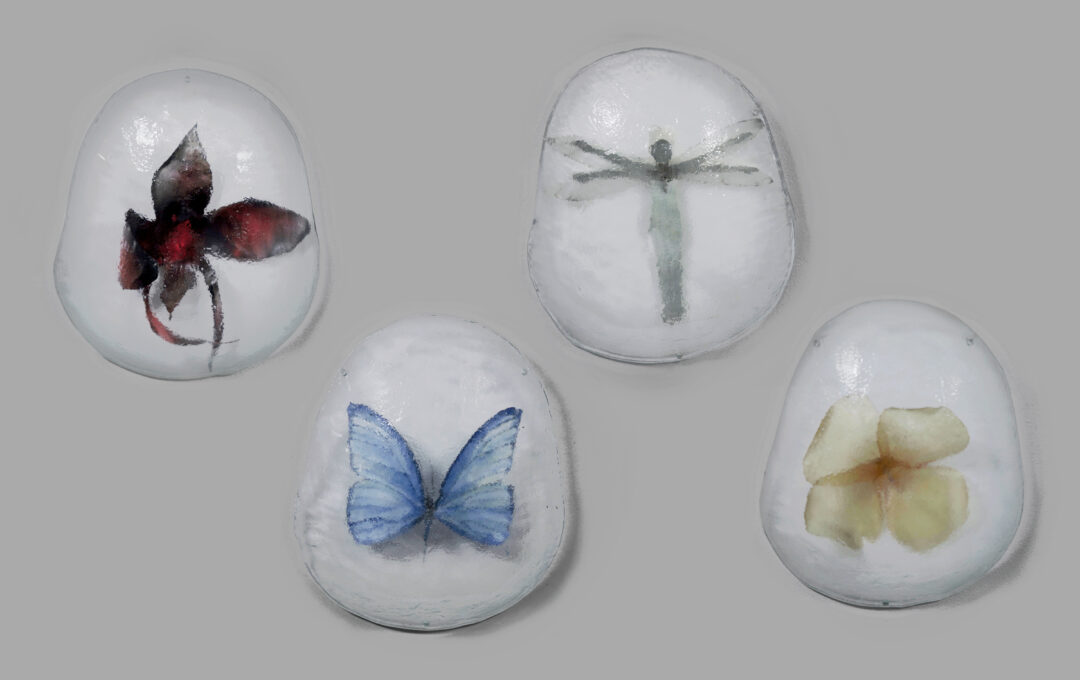
What draws human nature to bizarre, grotesque and ambiguous, which this exhibition highlights?
The grotesque, bizarre and ambiguous have a long and fascinating history in art. People’s attraction to them stems not only from their curiosity about the ‘other’, which challenges cultural norms, beauty standards, order, and reason, but also from psychological factors, insecurities and primal fears related to life and death.
The disturbing, eccentric and ambiguous provoke thought, raise questions, evoke new emotions, challenge conventional truths, suggest alternative versions of the world and uncharted territories.
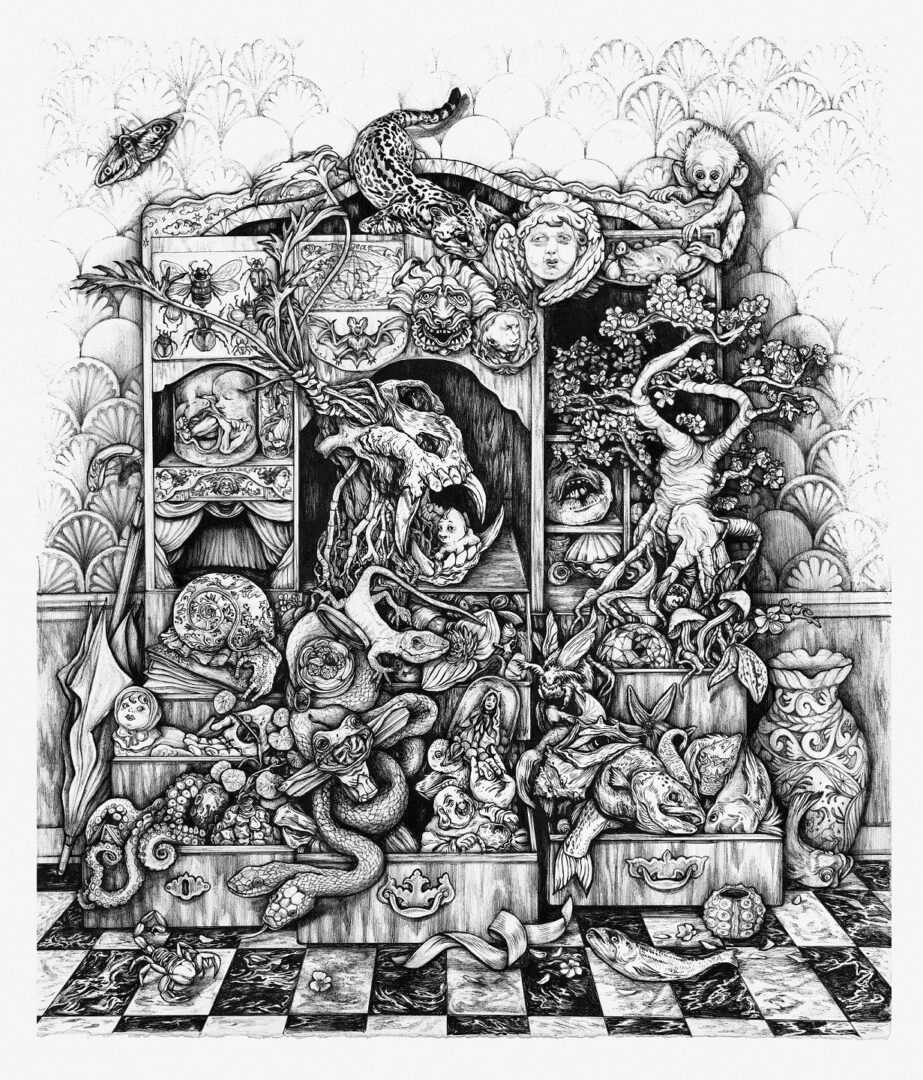
The exhibition creates an intense experience for viewers. From a curatorial perspective, what elements are essential to achieve this?
Τhe exhibition indeed fosters a deep experiential relationship with the viewer. It is not just about futility or the fear of emptiness; those are just elements among many.
One key factor is the unique setting of MOMus-Museum Alex Mylona, a museum founded by sculptor Alex Mylona to host her work alongside exhibitions by young artists. This is not a typical “white cube” museum, but an old house transformed into a museum; a small, intimate space with clean surfaces, passages and corners, ideal for showcasing the works.
The bold color interventions on the walls proposed by architect and artist Kyriaki Mavrogeorgi (who also participates in the exhibition with her works) were decisive. The rich colors create a distinct ambiance that highlights the works uniquely. This immersive atmosphere is further enhanced through lighting. Visitors feel as if they are inside a collector’s home.
Finally, the time visitors spend exploring 150 works, reflecting on their messages, themes, and artistic qualities, intensifies this experiential relationship.
The exhibition is full of symbols that give it a metaphysical character. What are the most powerful symbols from your perspective?
One of the most powerful symbols appearing in many works is the skull. An archetypal and mystical, both pagan and Christian symbol, the skull appears across European art and various cultures. It illustrates the cycle of life and death, the temporality of earthly pleasures, of melancholy and repentance, of the primal fears of inescapable fate and looming final judgment.
It also symbolizes power, violence, terror and horror, while leading us into dark, uncharted metaphysical territories. In contemporary culture, it emerges as a powerful visual symbol, free from its traditional allegorical, moral connotations or religious connotations – appearing in fashion, decoration, advertising, pop and youth culture.
*Interview by Dora Trogadi
Intro photo: Zoe Sklepa, Where are you taking me? There that only i can stare at you
TAGS: ARTS

